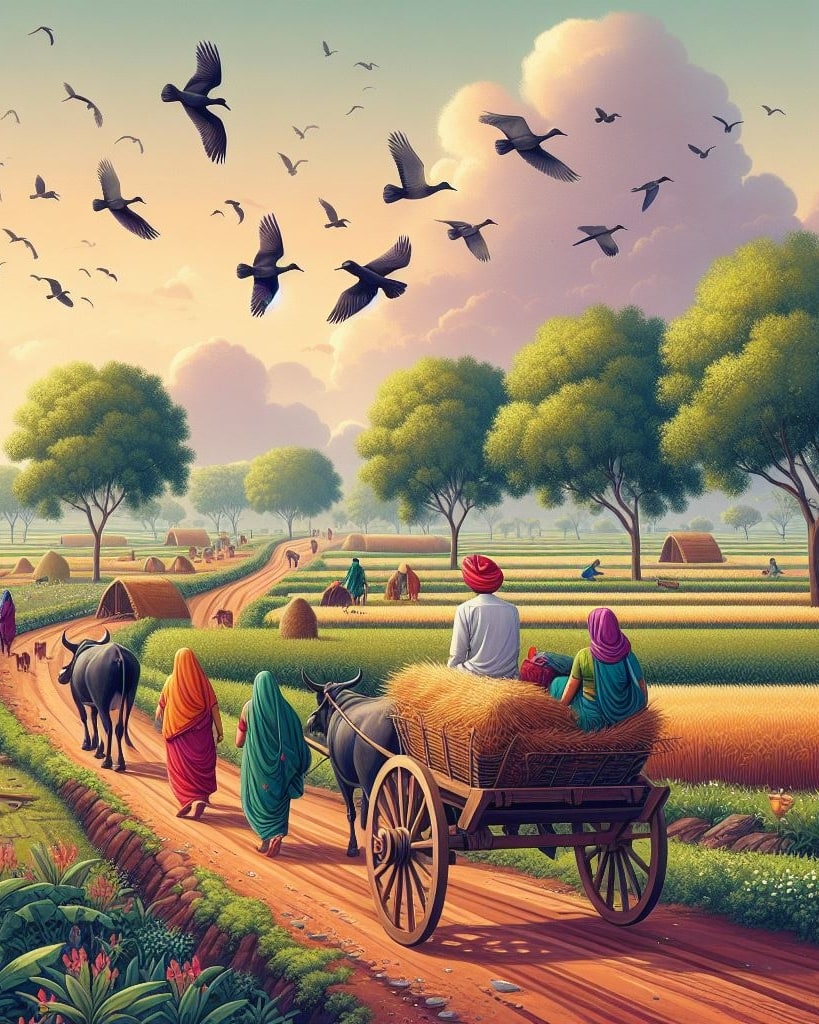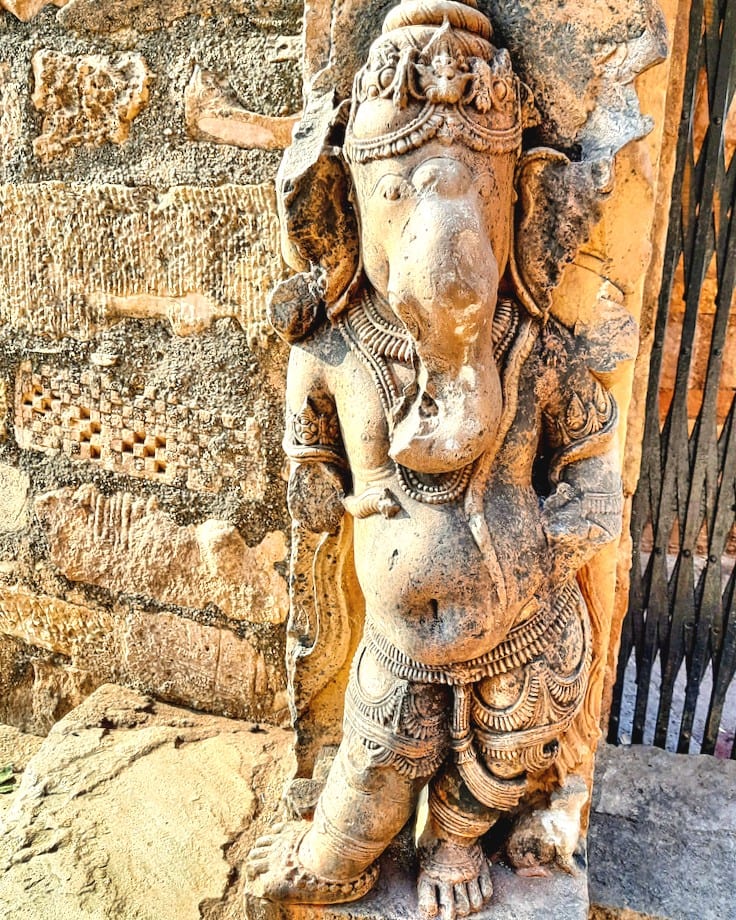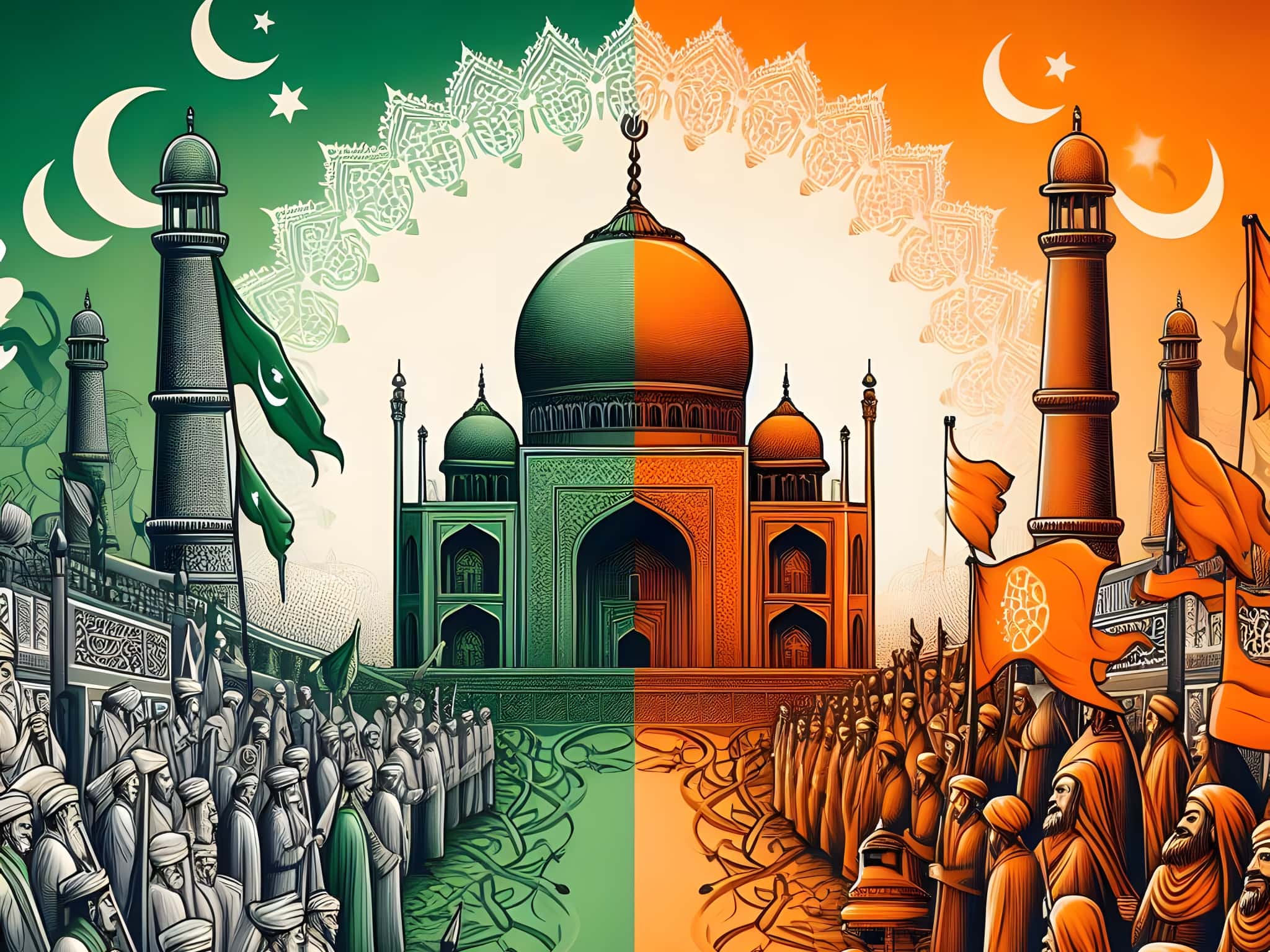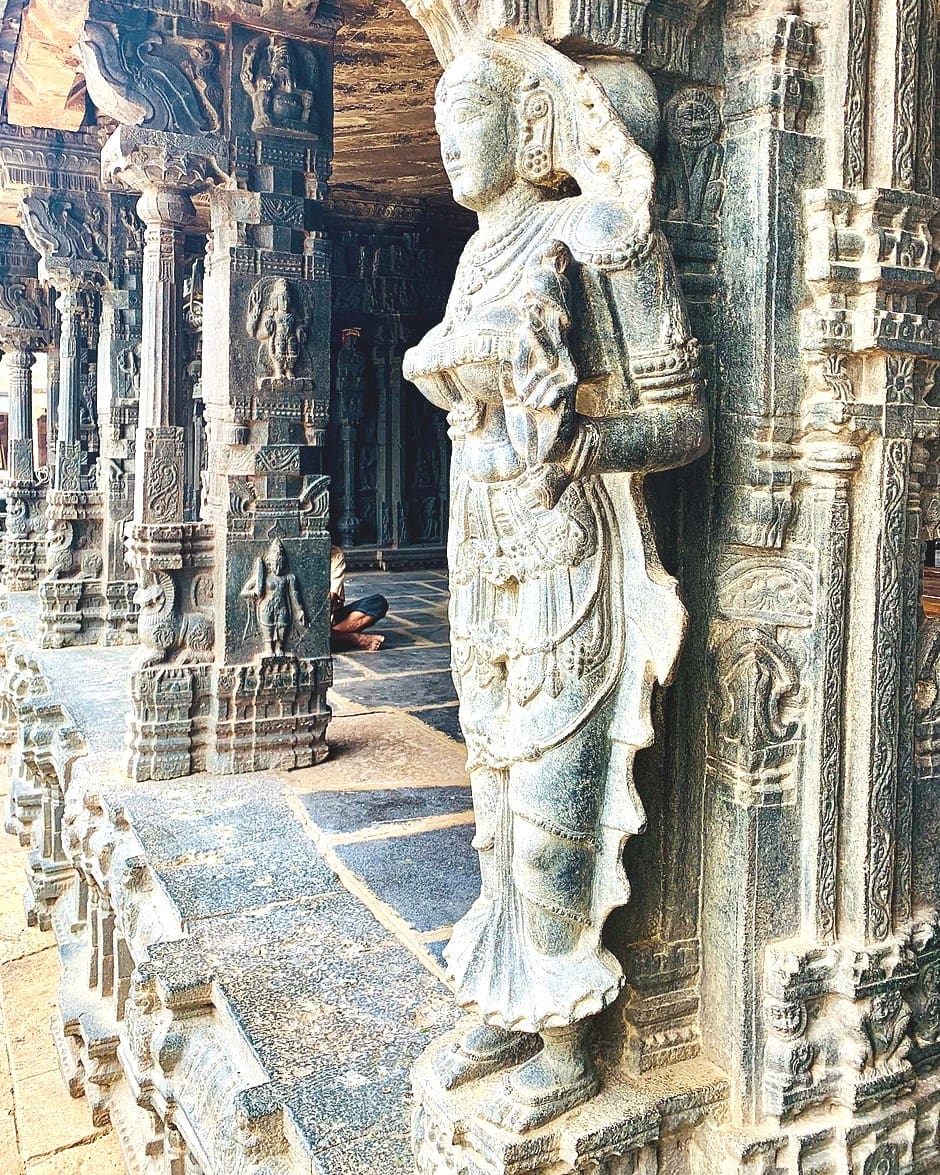Introduction
The religious policy of Mughal kings played a significant role in shaping the history of empire. Some emperors accepted tolerance policy while others chose to go with intolerance policy. It impacted on their subjects either positively or negatively.
Those emperors became great. Though not in the hearts of Indians, but at least in books. Akbar, for example, though he had other intentions in his mind.
But publicly Akbar implemented a policy of religious tolerance known as “Sulh-i-Kul,” which aimed to promote harmony among different religious communities.
Rulers, till Aurangzeb, publicly accepted tolerance towards other religions.
On the other hand, the reign of Aurangzeb witnessed a shift towards a more orthodox and intolerant approach, with the re-imposition of the Jizya tax on non-Muslims and the destruction of Hindu temples.
Before we dive into Mughal religious policy, let’s first take a look at reasons why Mughal came to India.
Reasons behind Mughal to come to India
India, a very prosperous country, had an abundance of resources to meet all kinds of needs.
- Since the land here was fertile, there was an abundance of availability of food grains. Also, the mineral resources were enough to fulfill war needs. So everything from food to war material was available in India.

- Overall, rich India had many rich states, so their purpose behind coming to India was to loot the riches.
- His other intention to come here was also to rule over India and expand the empire.
- Many hardliner Muslim rulers converted people from other religions to Islam. These rulers include Allauddin Khilji, Muhammad bin Tughlaq, Babur, Shah Jahan, Aurangzeb.
Calling non-Muslims infidels, these radical rulers believed that this would continue until all infidels (non-Muslims) were converted to Islam.
In this article, we will discuss religious policies and tolerance towards other religions of the first six famous Mughal Rulers.
Babur
When Babur decided to come to India, he knew that Delhi was a powerful center in India. Also, it was convenient to rule over and establish power in India from Delhi. After that he started spreading his feet in South and East India.
Along with the expansion of the state, he gradually started trying to fulfill the remaining two objectives as well. Babur made pacts with the Rajputs and took from them a fixed share and Najranas (Gifts). There is no doubt that he also succeeded in looting wealth.
But the third objective was not easy to accomplish. He knew that to convert a large number of people to Islam, something unique and bigger had to be done. But nothing was possible in his short four-year tenure.
Humayun
Then, Humayun came to the throne and occupied Gujarat during his reign. Then Sher Shah of Sur in the battle of Chausa in 1539 CE defeated Humayun. Again, in the battle of Kanauj he defeated Humayun in 1540 CE. Therefore, most of the rest of his life was passed in wandering.
But still in his reign, I found some temples like Neelkanth Temple in Kalinjar Fort in Uttar Pradesh. According to historians, Humayun destroyed this temple.

He approximately ruled about 11 years in total. He spent lot of time in exile. Even though in his first reign before he defeated by Sher Shah, he demolished many temples like this.
Then we cannot even imagine how much destruction of religious sites had happened in stable reigns of Mughal kings enthroned after him.
Akbar
Bairam Khan, a Mughal general, declared Akbar the heir to the throne when he was only 13 years old. Hemu emerged victorious in the battle against Muhammad Shah of Bengal and successfully suppressed the rebellion.
Then, he attacked Agra and captured large parts of Agra, Etawah, Kalpi as well as Bihar and Uttar Pradesh. He then invaded and conquered Delhi, killing more than 3,000 Mughal.
Hemu was crowned as an Emperor on October 7, 1556 CE at Purana Qila. Emperor Hem Chandra Vikramaditya succeeded Prithviraj Chauhan and re-established a Hindu empire after nearly 350 years of Muslim rule.
But, destiny did not allow it for a long time.

Hemu then prepared to attack Kabul and after making some changes in his army he marched from Delhi to Kabul. Akbar, who was in Punjab, was advised by the generals and chiefs to return to Kabul. But, without listening to them, he marches towards Delhi.
According to Panipat.gov.in, finally on the day of November 5, 1556 CE, the two armies met in the historical field of Panipat. In this battle, Hemu had 30,000 experienced cavalry, 1,500 war elephants and skilled artillerymen on the side of Hemu.
Whereas the Mughal army had 10,000 cavalry out of which 5000 were experienced cavalry troops.
In the court of Akbar, Abu Fazal was the historian and biographer. He wrote in the famous book of Akbarnama, “The Mughal army was close to being defeated. Then, suddenly an arrow from the archer pierced the eye of Hemu and exited from the back of the head.”
Another historian, Badayuni referred to this arrow as the arrow of death. Because, Hemu, a veteran warrior, was brought down with a single strike of this arrow. After that, the whole picture of war changed.
Seeing their leader nowhere to be seen on an elephant, the courage of his military breaks. There is confusion everywhere, the soldiers run around in disarray. The thousands of soldiers in the party of Hemu surrendered to the Mughal army. Remaining soldiers were killed while fleeing.
He modified the policy of Babur to some extent. He continued his expansion into southern and eastern India, but established relations with other religious peoples without direct hostility. He took them with him and used them to expand the empire. He also waived Jizya tax to gain sympathy from Hindus and other religions.
The intentions of Akbar behind this were to make Hindus fight against Hindus. So that if they win, their empire will expand. Even if there is a defeat, the Hindu chieftains and generals will be killed.
Many campaigns in the south were led by Man Singh, who was a Hindu Rajput. There were many such Rajput chieftains and Rajput forces who fought on the Mughal side along with the Mughal army.
Akbar did this to create divisions among Hindus and disrupt their unity by causing fighting between them. In which he succeeded.
Against this, whenever the time comes against it, he did not look back to show his true colors. To give an example, he massacred 30,000 Hindus after conquering the fort of Mewar.
Indian history often relies on Mughal accounts and records for sources from the Mughal period.
However, if we examine provincial sources from local areas, we can understand the true history. Then, you will be obliged to call him Akbar the Inferior instead of Akbar the Great.
But during his 49-year reign, he did not directly attempt conversions or attack religious sites.
Jahangir
Salim was the eldest son of Akbar and Maryam-uz-Zamini. Later, Salim ascended the throne as Jahangir. Mariam-uz-Zamini is the name given to his mother when she became Patrani. Now what is the real name of the mother of Jahangir? There is a different opinions among historians and history scholars.
During the 22-year reign of Jahangir, he was often drunk. His life went into chaos. He was amorous and fond of opium. Probably his main wife Noor Jahan also looked after his administrative work.
Moreover, he also followed policy of Akbar. So he too did not converted other religion to Islam. But still his army destroyed the temples during the campaign.
Shah Jahan
After Jahangir, Shah Jahan came to the throne. After that period, he did not force conversion to Islam. But he always encouraged conversion to Islam.
The Hindu temples that were started but not finished during the rule of Jahangir were ordered to be destroyed. But except those all other temples before Shah Jahan ascended the throne were allowed to continue worship.
He ruled the throne of Delhi for 30 years. He did not accept the policy of Akbar of interfaith tolerance. But according to an IndianetZone article, during his last years he stopped the conversion and implementation of the Muslim faith due to the influence of his beloved son, Wali e Ahad Dara Shikoh.
Shah Jahan had many children. But the four sons of Dara Shikoh, Shahshuja, Aurangzeb, and Murad Baksh were more influential.
The oldest son Dara was always in the spotlight for being against staunchly Muslims, so the Muslims did not like him.
War of succession started during the last period of Shah Jahan. In the end, Dara Shikoh and Aurangzeb remained. Aurangzeb was victorious in this battle at Samugarh.
Dara Shikoh retreats but later captures Surat with the help of the governor of Kathiawar. Then, he goes to Ajmer to fight Aurangzeb. But he is defeated in this battle too.
Finally, Dara Shikoh seeks help from Malik Jeewan, the governor of Kathiawar and chieftain of Baluchistan. But he hands over Dara Shikoh to Aurangzeb, betraying him.
Aurangzeb sentenced him to death, but he was assassinated on August 30, 1659 CE. Aurangzeb must have done this murder, we can see many pictures related to him.
Aurangzeb
After winning the War of Succession, he converted refugees, and war survivors in every campaign. The destruction of idols and artifacts in every temple that came his way was a common sight for him. He preferred the principles of Babur, the founder of the Mughal dynasty in India.
Demolition of Chintala Venkataramana Swamy Temple, Tadipatri

First attack on was after falling Vijayanagar Empire. The Army of Sultanate demolished this temple.
Second attack was during regional reign of Zulfikar Khan and Mir Mohammed. Both was local ruler under Aurangzeb and during their reign they did sustained desecration of this temple. They also demolised other temples. They built mosque after destruction of Rangaswami temple on its place.
Ayodhya Temple Destruction and building Babri Mosque
After destroying Ayodhya, which was a sacred place for Hindus, he ordered the demolition of the temple and the construction of a Dargah in its place.
Started forced conversions to Islam
Rather than being an all religion tolerant, he was a staunch Islamic.
Aurangzeb, a fanatic Islamic and merciless ruler, gradually started forced conversions of other religion people.
Special Treatment of converted People
Allowances were made after accepting Muslims against those who would not be willing to convert, collecting maximum taxes. Thousands of Hindus were not prepared even after such atrocities.
Forced Prominent contemporary Kings and Gurus of his Time
For these people he finally gives two options: accept Islam or accept death. Sikh Guru Tegh Bahadur and his disciples were also given the same two options. In the end, the Guru was not ready for it and finally Aurangzeb ordered her beheading in anger.
In the Deccan, Sambhaji Maharaj thwarted the Mughal campaigns and put the Mughal to flight. So Aurangzeb himself came to the Deccan and vowed that he would not wear a crown until he captures Sambhaji Maharaj.
Bad luck favored him and Sambhaji Raje fell into his hands. He along with his friend were subjected to terrible physical torture. He did not accept Muslim until his last breath. Finally, the second Maratha king and his friendwere beheaded, and their pieces were thrown into the river. By his sacrifice, he was given the title of Dharmaveer.
It is believed that during the reign of Aurangzeb, he killed at least 40,00,000 Hindus, speaking of Hindus alone. Most of these people were killed for not accepting Islam.
Conclusion
The religious policy of Mughal kings varied, with different emperors showing both tolerance and intolerance towards different religions.
Mughal emperors like Akbar and Aurangzeb had different approaches to politics, ranging from soft to harsh measures.
From the soft political approach of Akbar to Draconian measures of Aurangzeb, all Mughal kings had somewhat different approaches.
Early emperors like Babur and Humayun, driven by expansionist ambitions, didn’t shy away from religious persecution. Temples were razed, and Jizya taxes were imposed on non-Muslims. However, with the ascension of Akbar, a paradigm shift occurred.
His policy of religious inclusivity, called “Sulh-i-Kul,” included abolishing Jizya tax, supporting various faiths, and promoting interfaith dialogues.
Though some argue his motives were political, the undeniable consequence was a period of remarkable religious harmony.
Jahangir and Shah Jahan, though successors to the policy of Akbar, were less ardent in their pursuit of tolerance. While large-scale conversions were not undertaken, subtle encouragement towards Islam and sporadic destruction of temples marked their reigns.
It was Aurangzeb, however, who fundamentally reversed the tide. An avowed Islamist, he reimposed Jizya, mandated conversions, and unleashed a wave of temple demolitions. Destruction of famous Ayodhya temple was one of its examples.
His reign stands as a stark contrast to the reign of Akbar. It highlights the transformative potential and damaging consequences of a religious outlook of monarch.
The Mughal religious policy, therefore, defies simplistic categorization. It was a dynamic evolution, shaped by individual personalities, political motivations, and the ebb and flow of power.
Akbar showed himself as a symbol of tolerance, while Aurangzeb openly demonstrated how cruel and intolerant a person can be.
Studying the approach of Mughals to religion helps us understand the complexities of history, learn from their successes and mistakes, and work towards a future of genuine tolerance.
About the Author

Ashish Salunke
Ashish is a skilled biographer and content writer specialized in crafting captivating historical narratives. Through HistoricNation, he skillfully merged his IT expertise with the art of storytelling.
